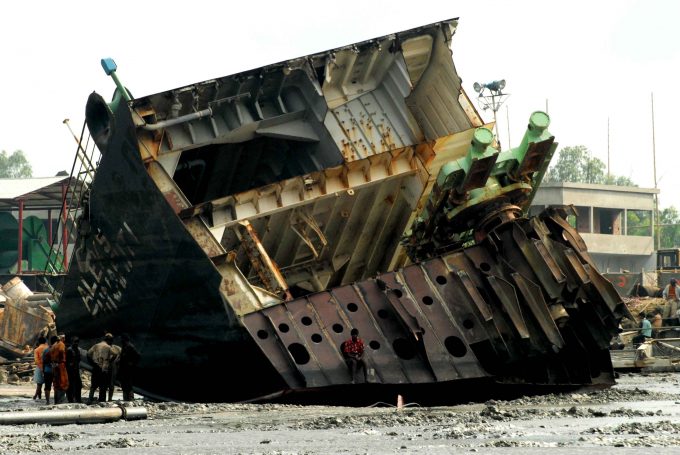Opposition builds for final hearing on US plan to tax Chinese box ship calls
US importers and shippers await the outcome of the final hearing on the new administration’s ...

A surge in scrapping of small container vessels illustrates that liner big-profitability is well and truly over, according to Alphaliner.
Scrap sales have passed 100,000 teu so far this year, almost ten times the 10,900 teu recycled in the whole of 2022.

Comment on this article